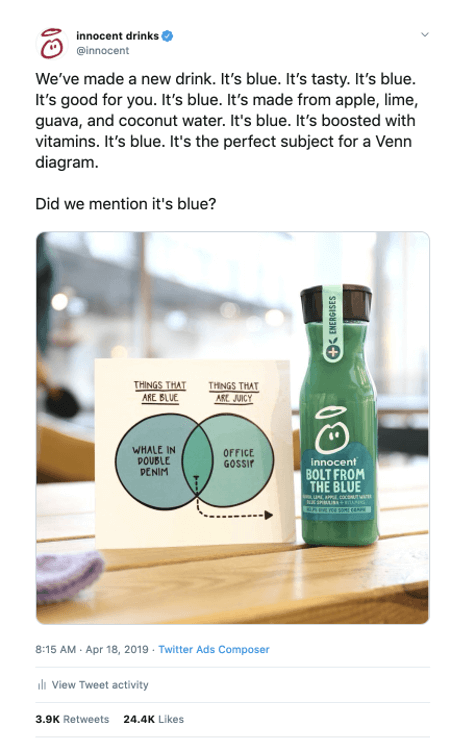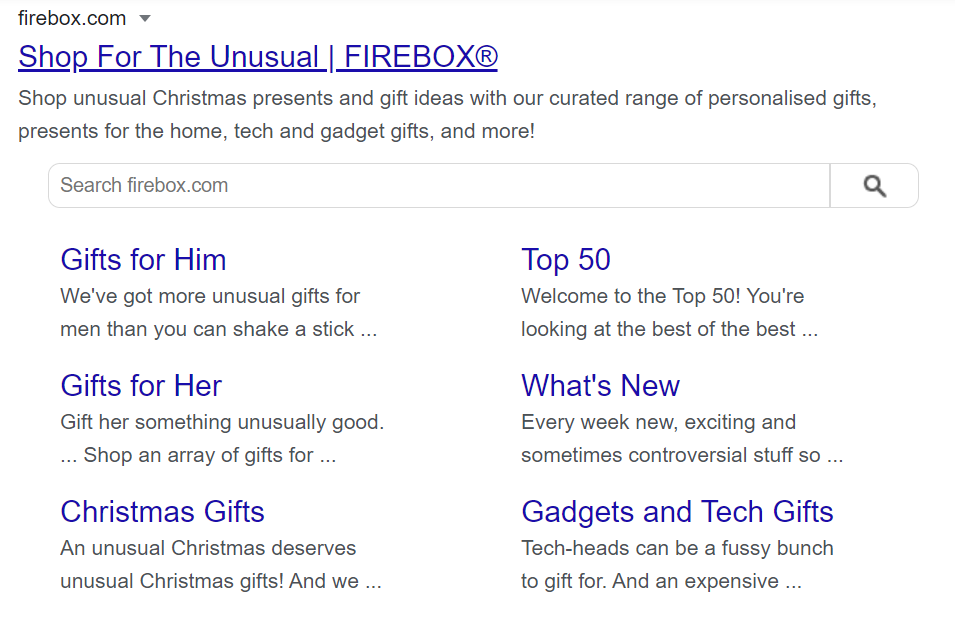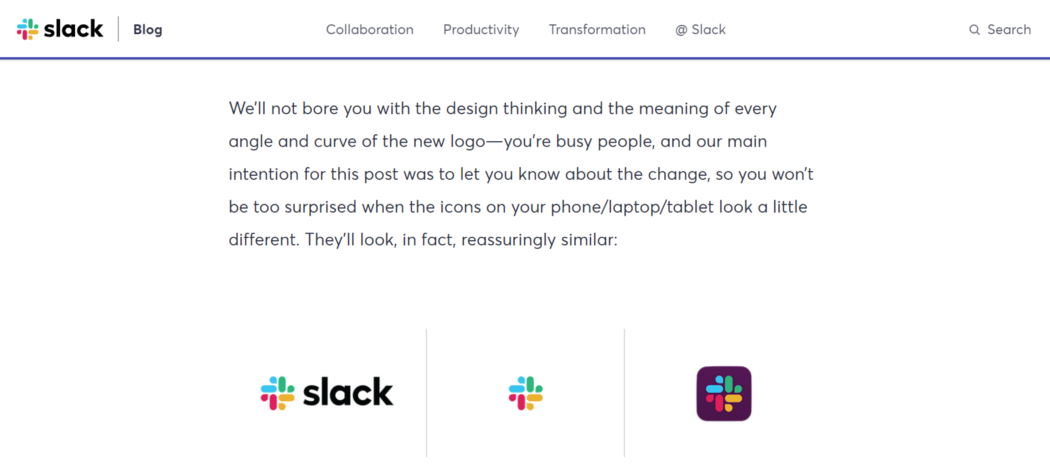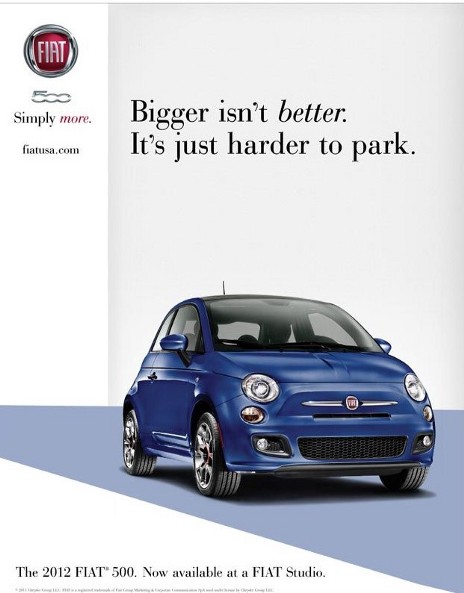When you’re building a brand, it’s easy to focus on the bits you can see – your colour scheme, logo and fonts. But what about the equally important parts of your brand that you can’t see? For example, your brand tone of voice. If you’re in the process of rebranding, or you’re trying to find a new way to distinguish yourself from your competitors, finding your tone of voice is an excellent step in the right direction. Here’s exactly how to do it!
What is a Brand Tone of Voice?
Tone of voice refers to how your brand communicates to its audience and influences how people perceive you as a business through the messages you put out into the world. Put simply, tone of voice isn’t what you say to your customers, but how you say it. It’s a distinctive ‘voice’ of your brand that’s used consistently across all platforms, from your website and marketing activity to how you talk directly to your customers.
Different brands have different personalities, much of which can be communicated through your tone of voice.
Why is Having a Tone of Voice Important?
Having a distinctive tone of voice brings with it many benefits because although your visuals may attract an audience, what you say to them is where the real communication happens. Here are just a few of the major benefits you’ll notice when you adopt a brand tone of voice.
1. It Makes Your Message Memorable
If you write like you talk to people, it can help the message stick. Or if your tone of voice is particularly unique, it’ll make it even more difficult for your reader to forget about you!
2. It Improves Brand Consistency
Just like you wouldn’t use different brand colours for your emails, social media channels, flyers and website, using a consistent brand voice across your various communications also helps solidify your brand in the mind of the customer.
3. Writer Consistency
If you have different writers for different aspects of your brand – like a copywriter for your website content and a social media manager who writes all of your tweets and Facebook posts – then defining your tone of voice will help keep all of your writers consistent with your branding too!
4. It Distinguishes You from Your Competitors
Like the rest of your branding, your tone of voice helps you stand out from your competitors. To test this, print out some examples of your competitors’ copy as well as your own and highlight words or phrases that incorporate their tone of voice. Come up with three words to describe each style of writing and compare to see how different each brand is.
5. It Connects You to Your Customers
Customers like to know that they’re talking to a real person – so having a believable brand tone of voice instantly makes your brand more likeable and trustworthy. It also makes them more likely to engage with your brand on platforms like social media, where they’ll feel like they’re having a direct conversation with an actual person, not just a business.
Brand Tone of Voice Examples
Some brands are known specifically for their tone of voice – which is when you know you’re definitely getting it right! Here are some fantastic examples to help inspire your own brand voice.
Innocent
Tone of voice: friendly, witty, playful
When we were discussing this at instantprint HQ, Innocent was one of the first brands we mentioned for having a very distinct (and successful) brand tone of voice. Innocent push boundaries with their humour; they’re very relatable and satirical, which particularly comes through in their campaign launching their Bolt from the Blue smoothie.

The joke being that the drink actually isn’t blue – it’s technically more of a turquoise hue. When customers tweeted Innocent to insist the drink was in fact green, Innocent simply replied ‘It’s blue’.
The team then spent the rest of the year insisting, increasingly vehemently, that the drink was blue – sparking debate similar to the 2015 'what colour is the dress' meme. By purposely creating a provocative and playful tone of voice, they invited debate – which drew debate online and led to their success.
As a result, Innocent’s social team won the ‘best in-house client’ award at The Drum Social Buzz Awards.
Mailchimp
Tone of voice: informal, clear, genuine
Mailchimp is a great example of how B2B brands can still create a distinctive tone of voice without losing out on their perceived authority. They manage to perfectly balance chatty and professional. For example, their missing page error message uses a Sherlock Holmes reference to instil the idea that they’re funny but also savvy.

Firebox
Tone of voice: creative, comedic, quirky
Firebox are known for being able to incorporate their unique tone of voice into every little aspect of their copy, from their product descriptions even down to their meta descriptions. Even before you reach their website, you get an idea for the brand’s personality from the fact that they have ‘more unusual gifts for men than you can shake a stick at’. This is a great way to incorporate branding at every level of the customer journey.

Using phrases and colloquialisms (like ‘tech-heads’) just reinforces Firebox’s sense of humour. By using the smallest, most functional bits of copy to express their personality through their tone of voice, you can’t help but be drawn to this brand.
Slack
Tone of voice: clear, concise, human
For Slack, their tone of voice is all about clarity. As well as avoid the over-use of jargon, they also don’t use a lot of slang, which suits their mainly business audience to a T. However, they still manage to keep their tone of voice very human and chatty, which makes a lot of sense when their business is all about helping people easily communicate with one another.
When Slack recently rebranded, their blog post announcing this change got straight to the point, showing an understanding of their customers’ needs and interests and also transparency.

Fiat 500
Tone of voice: fun, youthful, different
Another fun tone of voice for a completely different kind of business, the Fiat 500 team have got their brand voice nailed. Launched to compete against other smaller cars like the Mini-Cooper, the Fiat 500 meant reaching into a different target audience than Fiat was used to.
To do this, they used a range of clever and witty ad campaigns aimed at a younger audience, who’d be more likely to purchase a smaller, city car.

How to Find Your Brand Tone of Voice
Now you’ve got a better idea of what brand tone of voice is, what it does and what it looks like, it’s time to get to the really exciting bit: finding your own!
1. Start with Your Values
A great place to start is with the values you outlined in your brand guideline. This is 3 or 4 words you’d use to describe the core of your brand and who you are as a business. For example, your words might be ‘understanding’, ‘passionate’, ‘clarity’ and ‘empathy’, and the list goes on…
A business with a brand value of ‘elegance’ will sound very different to one aiming to be ‘quirky’. Once you’ve got a better idea of the values you want to show to your audience, you’ll have a better understanding of what you should sound like.
2. Create a Brand Voice Chart
Once you have a few descriptive words of how you want to sound, now you need to figure out exactly how you’re going to achieve that. A brand voice chart can help you to come up with examples of what you’re going to do to ensure you hit the right note with your tone of voice.
| Voice characteristic | Description | Do | Don’t |
| Passionate | We’re passionate about helping our customers achieve great things |
Use powerful verbs and evocative words Champion our customers and their achievements |
Use the passive voice Focus on the negatives |
| Funny | We’re not afraid to make people laugh |
Have fun with words Use humour (appropriately) |
Be goofy Be self-depricating Make fun of others |
| Helpful | It’s our aim to guide our customers in their decisions |
Be clear and concise Reassure the reader Split complex subjects into bitesize chunks |
Sound overly friendly or condescending Write long, waffling sentences |
3. Get Writing!
Make sure that your writers are aware of your tone of voice by showing and explaining your brand voice chart to them, using examples to help illustrate the tone you’re after.
Try rewriting some existing copy on your website as an example of how your new and defined tone of voice will sound.
4. Revise as You Grow
As your business grows, your aims and tone will most likely change over time. You can revise and define your voice when you’re faced with changing needs. Communicate with your writers to see if any of your tone of voice attributes aren’t working or need tweaking and if so, it might be time to reassess some of your dos and don’ts.
And there you have it! Creating a brand is a multifaceted process that doesn’t happen overnight. Although your brand is ever-evolving, keeping your key goals and brand values in mind can help make sure you’re steering the way your audience perceives you in the right direction. For more help, check out exactly what you should put in your new brand guideline.

 (1).png)



